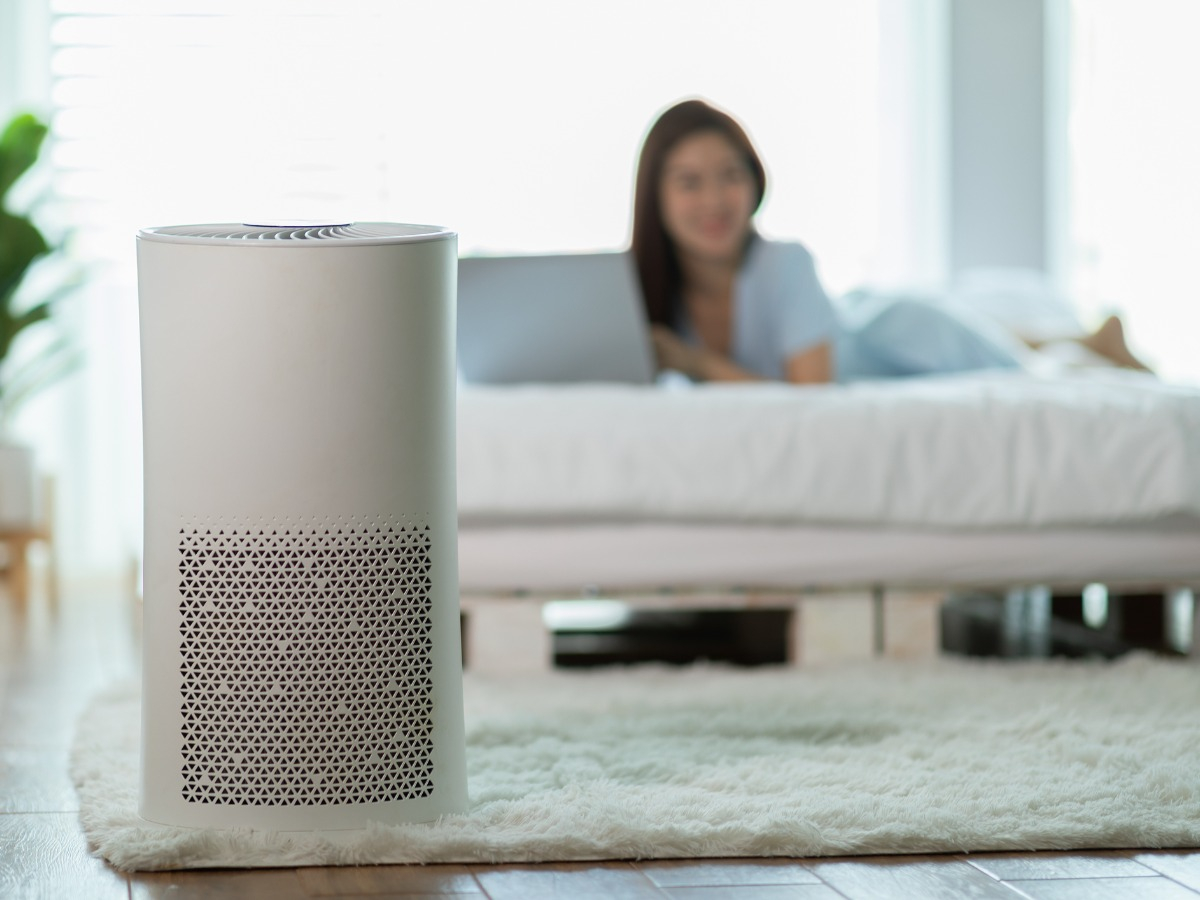Humidity can invade your home and make it uncomfortable fast. Damp air does not just feel unpleasant—it leads to mold, damages your belongings, and creates an unhealthy environment. Solving this issue is not complicated if you have the right methods to dehumidify a room.
This guide lays out clear and effective ways to dehumidify any room, helping you eliminate that sticky, heavy air once and for all.
-
- Open doors and windows to improve airflow
- Use ceiling or exhaust fans to circulate air
- Run a dehumidifier to extract moisture
- Turn on the air conditioner to cool and dry the air
- Create a DIY dehumidifier using baking soda, calcium chloride, or rock salt
- Seal cracks and leaks to block external moisture
- Reduce indoor activities that create moisture, like drying clothes indoors
- Place houseplants that absorb humidity, like Boston ferns or peace lilies
- Install a vapor barrier in crawl spaces or basements
- Maintain gutters and downspouts to prevent water buildup near your home
- Use silica gel packs in small spaces like closets.
- Dry wet surfaces immediately to avoid moisture buildup.
1. Open Windows and Doors to Let Fresh Air In
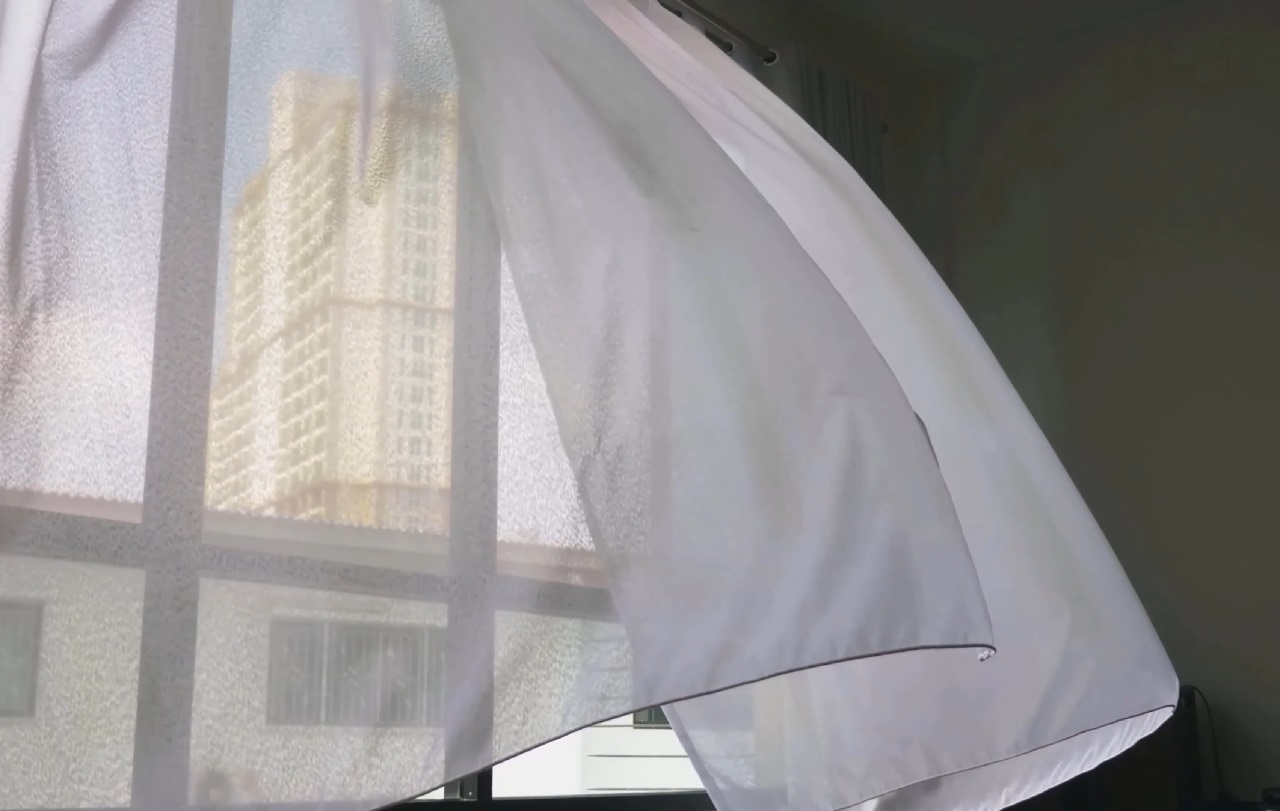
Allowing fresh air to circulate is one of the easiest ways to reduce humidity. Proper airflow not only clears out damp air but also helps prevent the buildup of moisture that contributes to mold and odors.
When to Use This Method
- During cooler hours of the day, like early morning or evening, to prevent bringing in warm, humid air.
- On days with low outdoor humidity for the best results.
Practical Tips for Maximizing Airflow
- Open windows on opposite sides of the room to create cross-ventilation.
- Keep interior doors open to let air move freely between rooms.
- Use window screens to keep pests out while maintaining airflow.
2. Use Fans to Keep the Air Moving
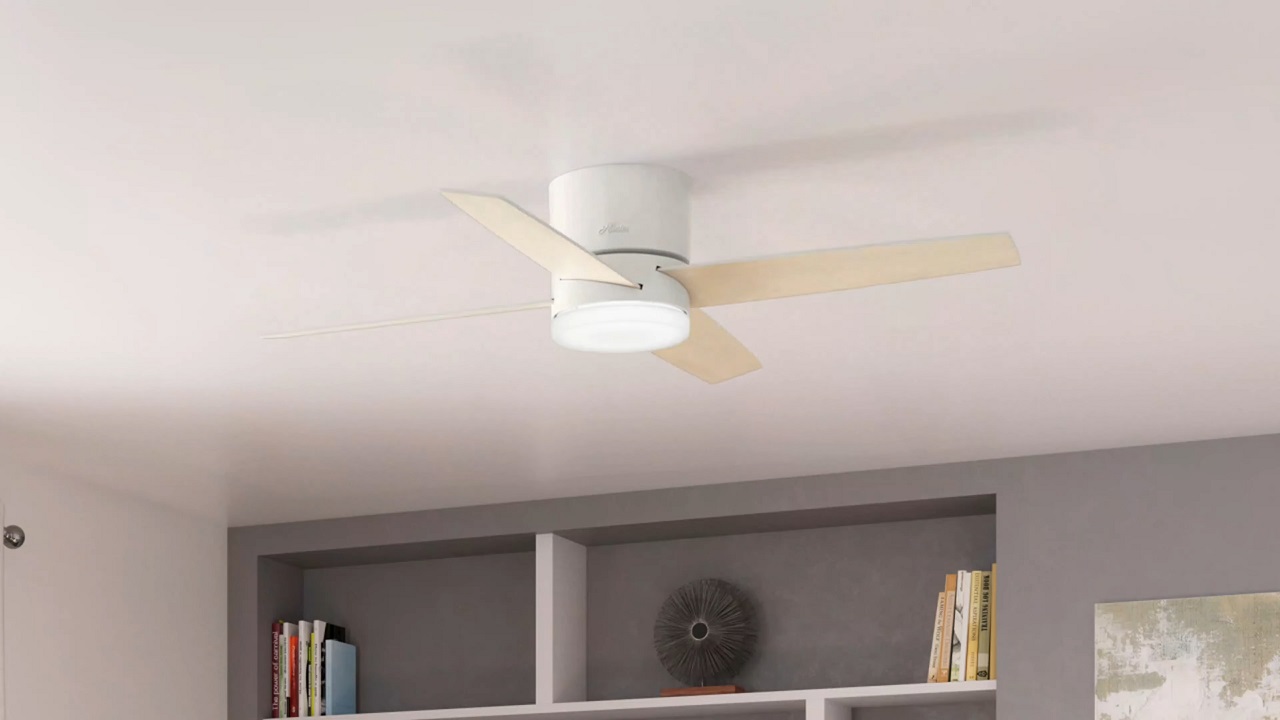
Fans can be a powerful ally in reducing humidity. They help evaporate moisture and circulate air effectively, creating a more balanced environment.
Types of Fans That Work Best
- Ceiling Fans: These keep air moving consistently in larger spaces.
- Exhaust Fans: Ideal for kitchens and bathrooms where moisture is generated.
How to Use Fans Effectively
- Position portable fans near open windows to push damp air outside.
- Run exhaust fans during and after activities like cooking or showering to remove steam quickly.
3. Run a Dehumidifier to Extract Moisture
Dehumidifiers are designed specifically to remove moisture from the air, making them one of the most effective solutions. They are perfect for rooms with consistently high humidity levels.
Choosing the Right Dehumidifier
- Small Models: Ideal for bedrooms or offices with mild humidity.
- Large Units: Best for basements or large living spaces where moisture is a bigger problem.
How to Maximize Efficiency
- Place the dehumidifier in the center of the room for even moisture removal.
- Empty the water tank regularly to keep it running smoothly.
- Use in combination with other methods like fans or open windows for quicker results.
4. Turn On the Air Conditioner to Cool and Dry the Room
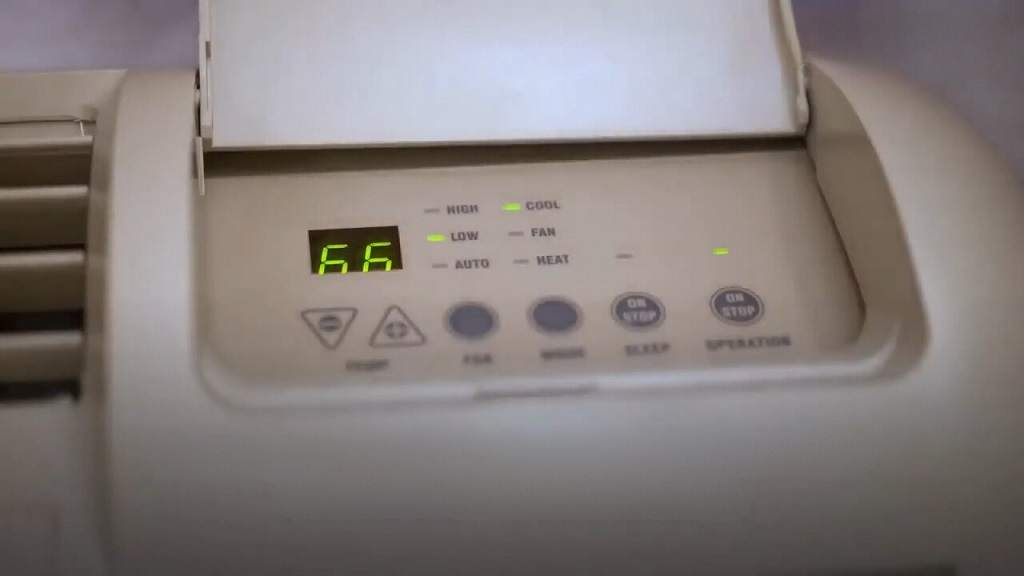
An air conditioner not only cools your space but also removes moisture from the air. It is an effective option for homes dealing with persistent humidity.
Benefits of Using an Air Conditioner for Humidity
- Reduces both heat and dampness at the same time.
- Helps create a comfortable living environment.
- Prevents moisture-related damage to furniture and walls.
Tips for Using Your Air Conditioner
- Set it to a lower temperature for quicker results.
- Clean the filters regularly to ensure proper airflow.
- Keep windows and doors closed while the AC is running to trap dry air inside.
5. Create a DIY Dehumidifier Using Everyday Materials
You do not need expensive equipment to fight humidity. Materials like baking soda, calcium chloride, or rock salt can naturally absorb moisture from the air.
How to Make a DIY Dehumidifier
- Choose a container, like a bowl or bucket, that can hold your chosen material.
- Fill it with baking soda, calcium chloride, or rock salt.
- Place the container in humid areas like bathrooms or closets.
Where to Use DIY Dehumidifiers
- Near windows or doors where moisture tends to accumulate.
- In small, enclosed spaces like wardrobes or drawers.
6. Fix Leaks and Cracks to Stop Excess Water
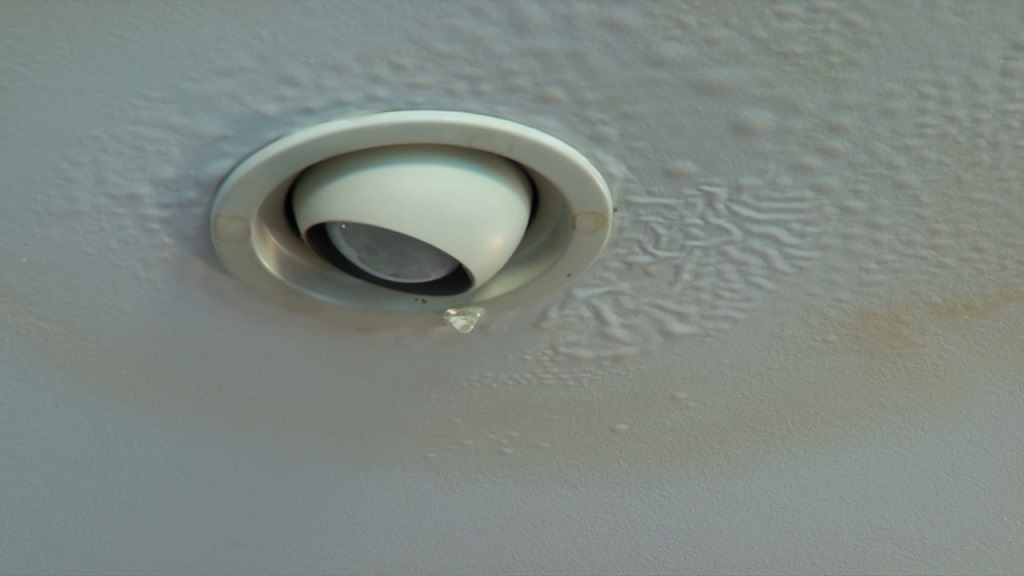
Even small leaks can contribute to high humidity levels by introducing more moisture into the air. Fixing these issues at their source can have a significant impact on your indoor environment.
Common Areas to Check for Leaks
- Plumbing under sinks or in bathrooms.
- Cracks in windows or walls.
- Roofing or ceilings after heavy rainfall.
Steps to Seal Cracks and Fix Leaks
- Inspect your home regularly for water stains or damp spots.
- Use caulk or sealant to fill gaps around windows and doors.
- Repair leaking pipes promptly to prevent further moisture buildup.
7. Avoid Drying Clothes Indoors to Prevent Extra Moisture
Drying clothes indoors releases significant moisture into the air, increasing humidity levels. Choosing better alternatives can help keep your home dry and comfortable.
Why Indoor Drying Increases Humidity
- Wet clothes release water vapor into the air as they dry.
- Closed spaces trap moisture, causing the damp feeling in rooms.
Alternatives to Drying Indoors
- Use an outdoor clothesline whenever possible.
- Dry clothes in a well-ventilated area with open windows or fans.
- Consider using a dryer with a proper exhaust system to channel moisture outside.
8. Place Humidity-Absorbing Houseplants for Natural Help
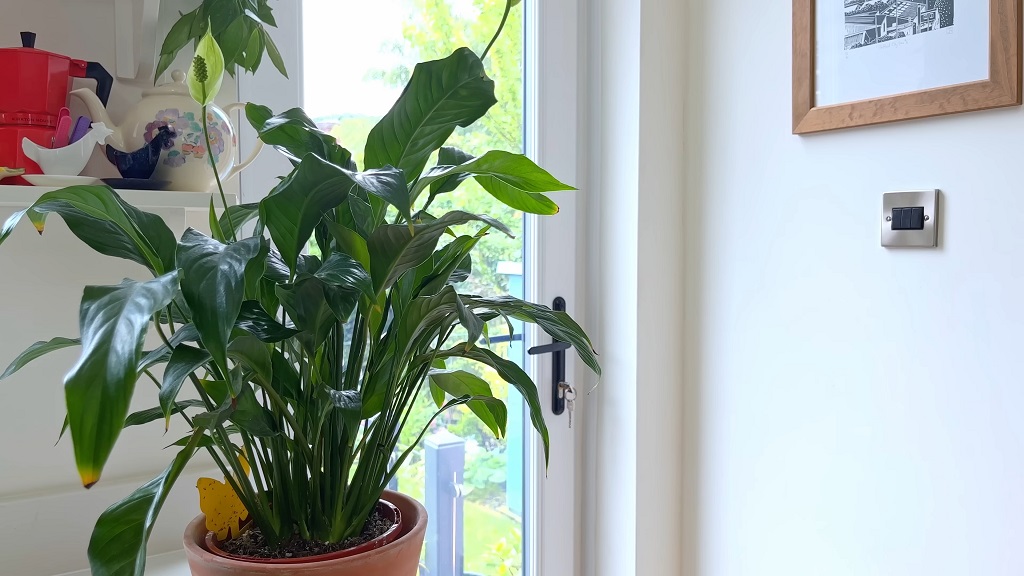
Some plants can help reduce indoor humidity while adding a refreshing touch to your home. These natural dehumidifiers are both functional and decorative.
Best Plants for Humidity Reduction
- Peace Lily: Absorbs moisture and improves air quality.
- Boston Fern: Thrives in humid environments while drawing moisture from the air.
- Areca Palm: Reduces humidity and adds a tropical aesthetic to your space.
How to Use Plants Effectively
- Place them in rooms with high humidity like bathrooms or kitchens.
- Avoid overwatering, as this can release extra moisture into the air.
- Keep them near windows for better light and airflow.
9. Install a Vapor Barrier in Crawl Spaces or Basements
Moisture often seeps into your home through the ground, especially in areas like basements or crawl spaces. Installing a vapor barrier can block this moisture, keeping your home dry.
Benefits of Vapor Barriers
- Prevents ground moisture from rising into your home.
- Reduces the risk of mold and mildew growth in enclosed spaces.
- Protects your flooring and foundation from long-term water damage.
How to Install a Vapor Barrier
- Clear the area of debris and inspect for existing water damage.
- Lay a heavy-duty plastic sheet or specialized vapor barrier across the ground.
- Secure the edges with adhesive or weights to keep it in place.
10. Keep Gutters and Downspouts Clear to Prevent Water Buildup
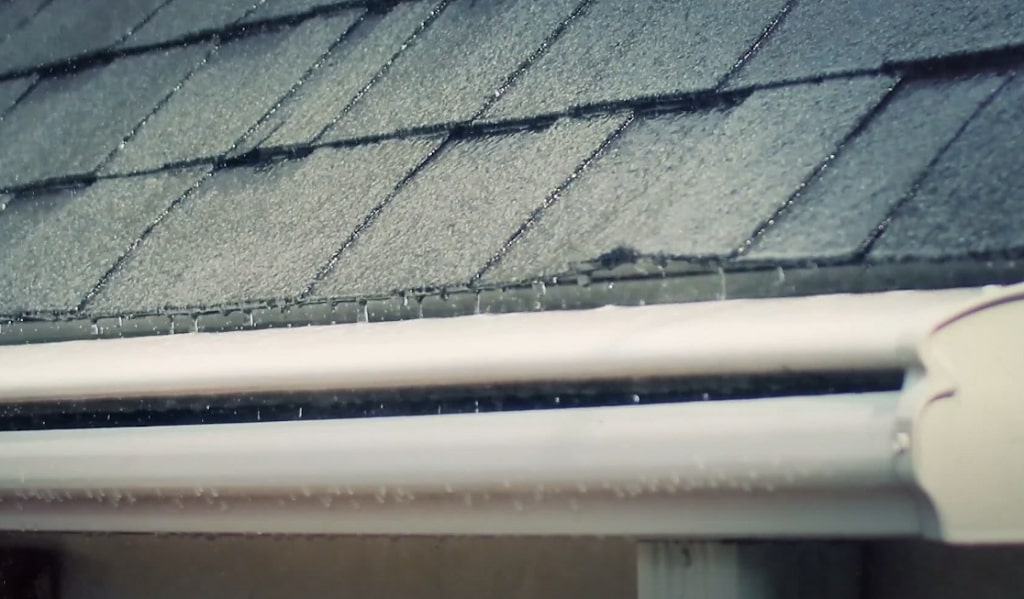
Clogged gutters and downspouts can lead to water pooling around your home, which raises indoor humidity levels. Regular maintenance can prevent this issue.
Why Clean Gutters Matter
- Blockages cause rainwater to overflow, seeping into walls or foundations.
- Excess moisture around your home encourages damp air to rise inside.
Maintenance Tips for Gutters
- Clean out leaves and debris at least twice a year.
- Ensure downspouts direct water away from your home’s foundation.
- Consider adding gutter guards to reduce debris buildup.
11. Use Silica Gel Packs for Small Spaces
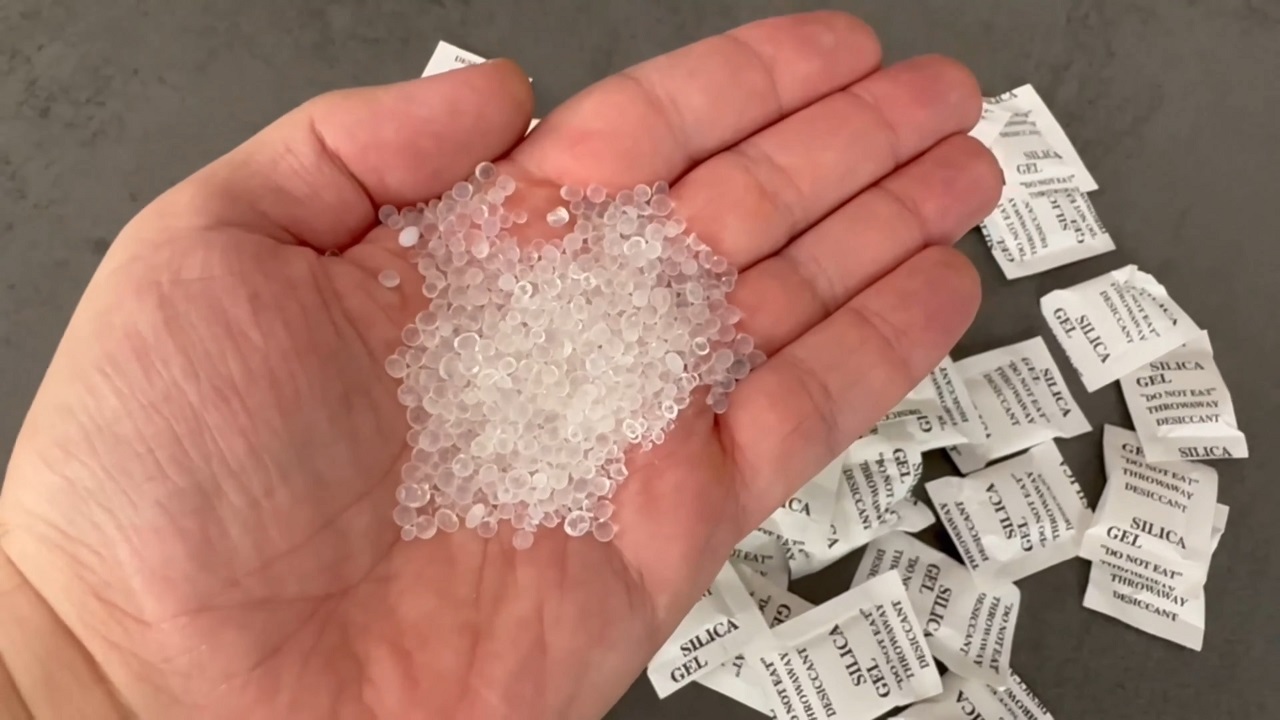
Silica gel packs are an excellent option for controlling moisture in enclosed spaces like closets, drawers, or cabinets. These small packets effectively absorb humidity without taking up much room.
Where to Use Silica Gel Packs
- Closets to protect clothing from dampness.
- Kitchen cabinets to keep utensils and food dry.
- Electronics storage areas to prevent moisture damage.
Tips for Effective Use
- Replace silica gel packs when they become saturated.
- Use multiple packs in larger spaces for better coverage.
- Store extras in airtight containers until needed.
12. Wipe Wet Surfaces Promptly to Stop Moisture Buildup
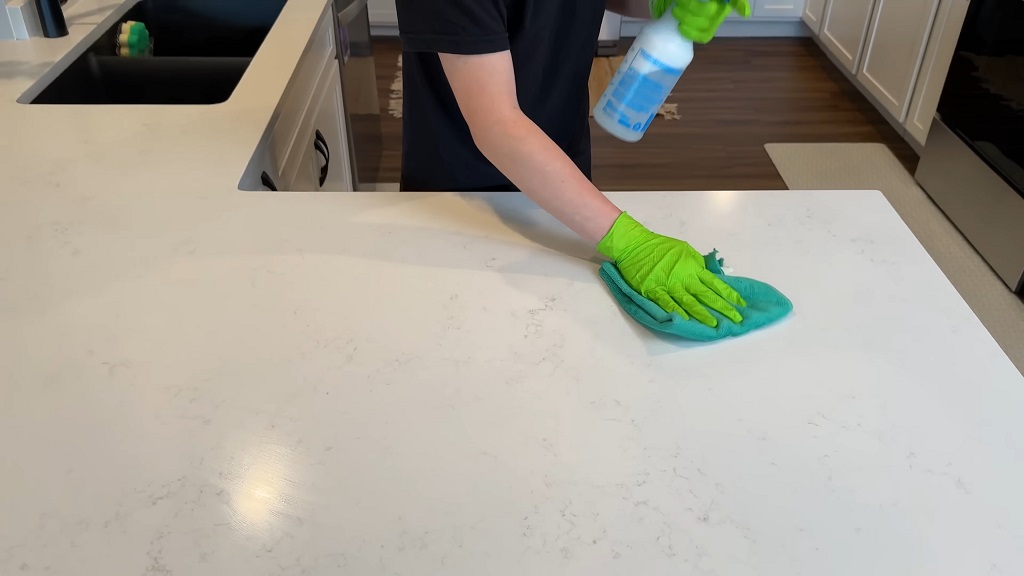
Leaving wet surfaces unattended contributes to higher humidity levels and encourages mold growth. Regularly drying these areas can make a big difference in maintaining a drier environment.
Common Areas to Monitor
- Kitchen counters and sinks after washing dishes.
- Bathroom surfaces after showers or baths.
- Windows and sills where condensation collects.
Steps for Regular Maintenance
- Use a clean, dry cloth to wipe away visible water.
- Avoid letting spills or puddles sit for extended periods.
- Check areas prone to dampness daily and address moisture immediately.
FAQs
What Is the Ideal Humidity Level for a Home?
The ideal indoor humidity level is between 30% and 50%. Levels below 30% can make the air too dry, causing discomfort, while levels above 50% encourage mold, mildew, and dust mites.
Can Carpets and Rugs Contribute to High Humidity?
Yes, carpets and rugs can trap moisture, especially in areas with poor ventilation. Regular cleaning and drying are essential to prevent them from becoming a source of dampness.
Is It Possible to Dehumidify a Room Without Electricity?
Yes, natural methods like using rock salt, silica gel, or charcoal briquettes can help reduce humidity without relying on electricity. These materials absorb moisture effectively in small spaces.
How Can Furniture Be Protected from Humidity Damage?
To protect furniture, keep it away from walls prone to condensation. Use furniture polish with moisture-resistant properties, and maintain proper ventilation in the room to prevent dampness from settling on surfaces.
Can Indoor Humidity Be Worse During Winter?
Yes, indoor humidity can spike during winter due to activities like heating, cooking, and less ventilation. Sealing gaps, using a dehumidifier, and regularly airing out the home can help maintain balanced humidity levels.
Conclusion
High humidity can make your home uncomfortable and cause serious issues like mold, odors, and damage to your belongings. Addressing the problem does not have to be complicated. By using practical methods like improving ventilation, sealing gaps, and employing simple solutions like DIY dehumidifiers or silica gel packs, you can effectively control indoor moisture.
Consistency in maintaining a balanced humidity level will protect your home and create a healthier, more pleasant environment. Start with the tips in this guide, and you will be well on your way to a drier, more comfortable living space.
Read Next – Guide to Cleaning Kitchen Cabinets
